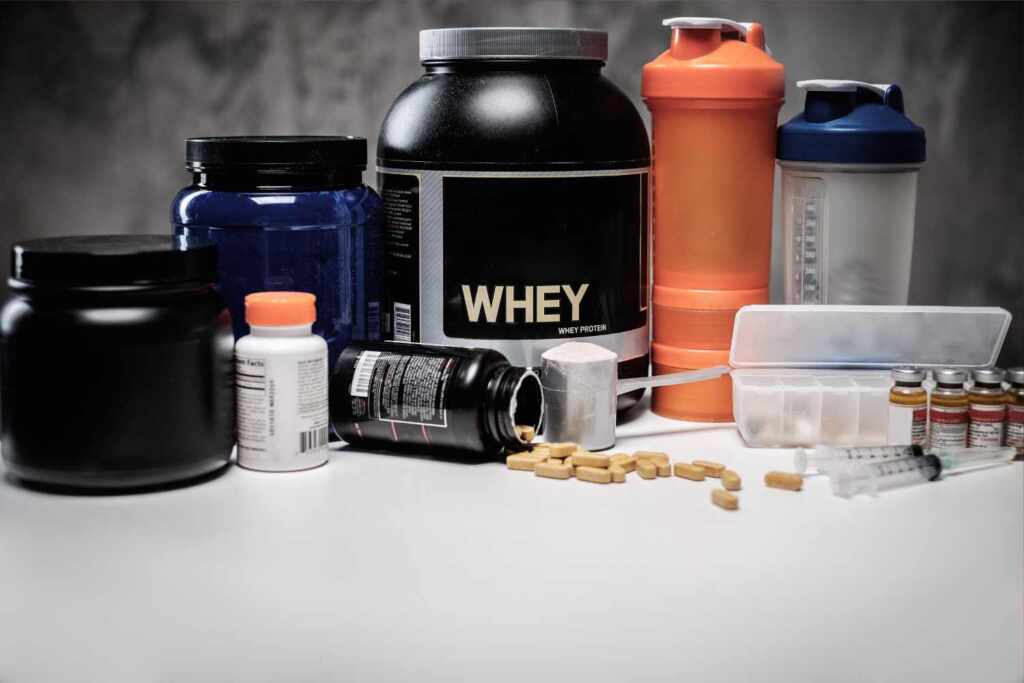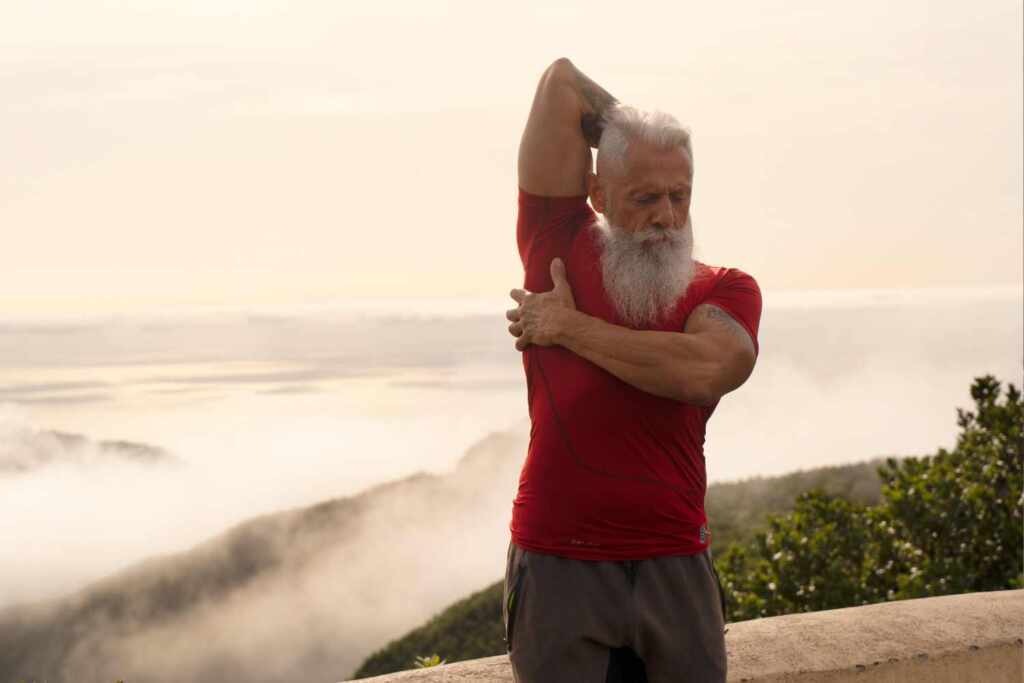Debunk the fitness myths that are holding you back from reaching your goals and discover what really works.

We’ve all been there. You join the gym with the best intentions — maybe after doom-scrolling Instagram, full of sculpted abs and flawless glutes. You make a plan (straight out of a bootcamp manual), follow your gym bro’s advice and… after a month, you quit.
You wonder what went wrong. The truth? You didn’t fail — the myths did.
Fitness is full of outdated, misleading, and sometimes downright harmful beliefs that keep sabotaging your progress. Let’s bust the worst ones, with real advice that actually works.
“To lose weight, just do cardio”

You hit the treadmill, jump rope endlessly, sweat buckets, and wait for the magic to happen. Cardio helps, yes. But it’s not enough.
Strength training is the real game changer. It builds muscle, speeds up your metabolism, and keeps burning calories even when you’re lounging on the couch.
There’s no competition: for lasting results, mix cardio and strength.
What to actually do:
Alternate cardio and weight training — think two weight sessions and two runs or bike rides per week. Short on time? Try interval training: quick, powerful, effective.
“The more you sweat, the more you burn”

If that were true, we could all just move into a sauna and be beach-ready in a week.
Sweating is just your body cooling off — not burning fat. When you sweat, you lose water, not weight. So stop judging your workout by how drenched your shirt is.
What to actually do:
Track progress with real markers: measurements, strength, energy, and how your clothes fit. Sweat is just a side effect — not a scoreboard.
“You need to work out every day”

Even machines need downtime. So does your body. Overtraining leads to fatigue, injuries, and a mood darker than a Monday morning.
Three to four solid workouts per week are plenty. And yes — rest days are part of the plan.
What to actually do:
Plan active recovery days: take a walk, stretch, or just relax. Sleep at least 7 hours. Rest is your secret training weapon.
“No pain, no gain”

Whoever coined that slogan owes an apology to an entire generation.
Pain is not proof of progress. It’s often a sign of inflammation, injury, or overload. Challenge is good — torment is not.
What to actually do:
Push yourself, but smartly. Use correct form and listen to your joints. Sharp or lingering pain? Something’s off.
“Women shouldn’t lift weights — they’ll get bulky”

Still? This myth is as outdated as the vinyl-covered gym benches.
Building large muscles takes years of targeted training. Lifting weights makes women stronger, leaner, more toned — not “too muscular.”
And no, you won’t turn into the Hulk after two squats. Promise.
What to actually do:
Incorporate strength training with progressive loads. You’ll gain toning, posture, and a fired-up metabolism. No fear needed.
“Abs are built with ab exercises”

Crunch after crunch, day after day… and your abs still ghost you in the mirror.
That’s because you can’t “spot reduce” belly fat. Visible abs come from lowering overall body fat, which takes balanced eating, compound exercises, consistency, and solid sleep.
What to actually do:
Focus on full-body moves like squats, planks, and rows. Eat clean, train smart — abs are made in the kitchen.
“Longer workouts are better workouts”

Marathon training sessions aren’t automatically more effective. In fact, after about an hour, your focus and gains drop, while injury risk climbs.
A sharp, 45-minute session can be more powerful than two distracted hours.
What to actually do:
Go for short, intense workouts. A focused 45-minute circuit beats hours of gym small talk any day.
“Getting fit means giving up everything”

Food becomes punishment. Chicken and broccoli become religion. That’s not health — it’s a one-way ticket to burnout.
Sustainable fitness means balance. Eat a gelato when you want to. Choose quinoa when it makes sense. No guilt, just awareness.
What to actually do:
Eat what you love — in moderation. Add pleasure to your meals. A livable diet beats any extreme plan.
“No supplements = no gains”

In doubt? Pop a pill. Or three. That’s the supplement industry talking, not science.
Supplements can help — but they’re not magic. Focus first on food, training, and rest. Then, if needed, add smart supplements under expert guidance.
What to actually do:
Prioritize nutrition. Consult a professional before reaching for powders. Whey or creatine can help — but they don’t replace hard work.
“After a certain age, it’s too late”

This one’s tough to kill — but let’s be clear: it’s never too late to start.
I’ve seen people who first stepped into a gym at 60 and now cycle like teenagers. Age is just a number, not a sentence.
What to actually do:
Start slow, pick activities you enjoy, and get guidance if needed. There’s no expiration date on change.
So… what now?
You shift your mindset. You stop falling for flashy lies and fake fitness gurus.
Start with yourself. Set realistic goals. Listen to real experts. Respect your body’s rhythm. Working out shouldn’t feel like a punishment — it’s a gift to your future self.
Here’s a realistic, no-BS starter plan to get back on track:
-
Train 3 times a week: mix weights and light cardio
-
No punishment diets: go for balance and variety
-
Real rest: sleep, breathe, slow down
-
Drop the guilt: one pizza won’t undo your progress
-
Small goals: not “lose 20 lbs in a month” but “move 3x this week”
-
No comparisons: your journey is yours. Others? Just background noise.
And remember: you don’t need to be perfect — just consistent.
Train smart, eat mindfully, rest like you mean it. The rest? Just noise.
Fitness isn’t a race — it’s a journey. One worth enjoying.
